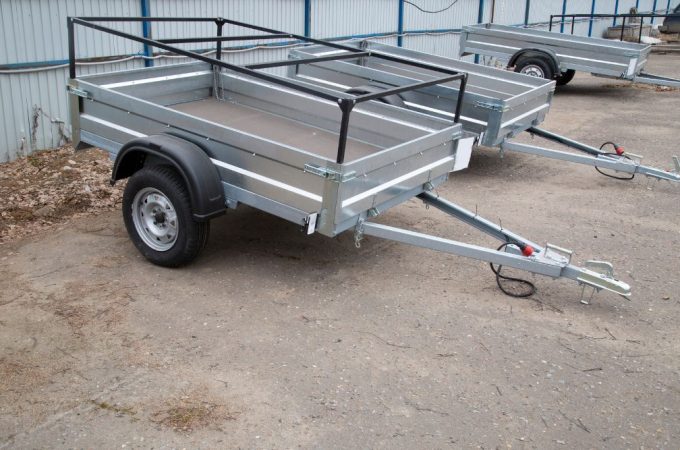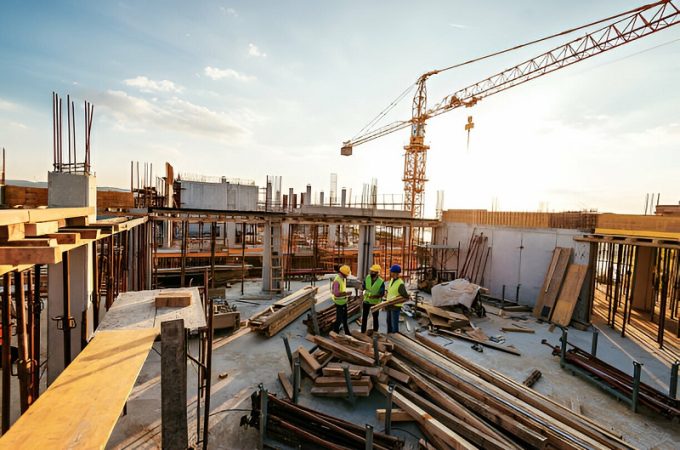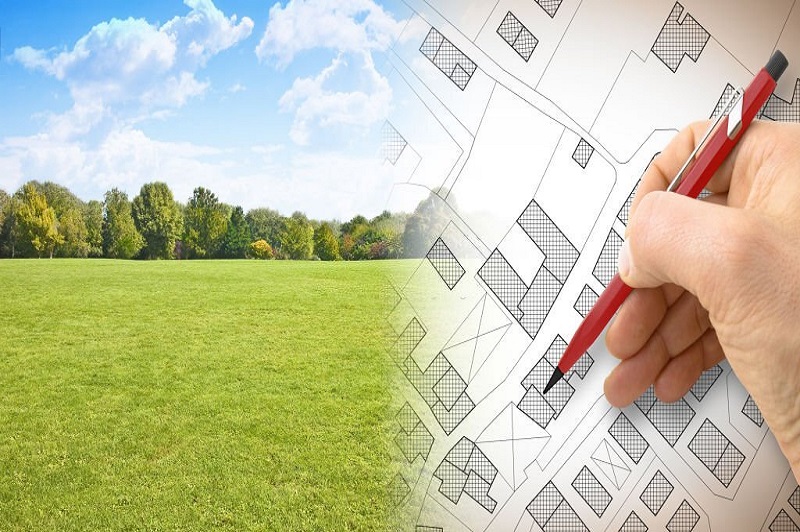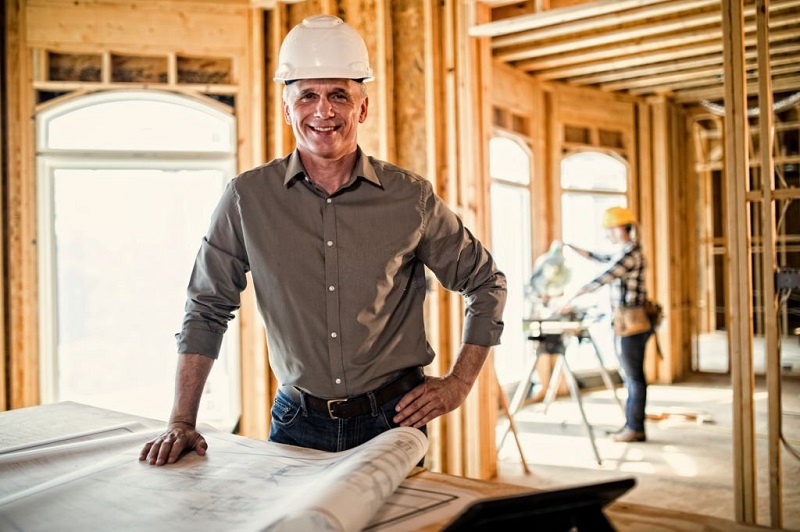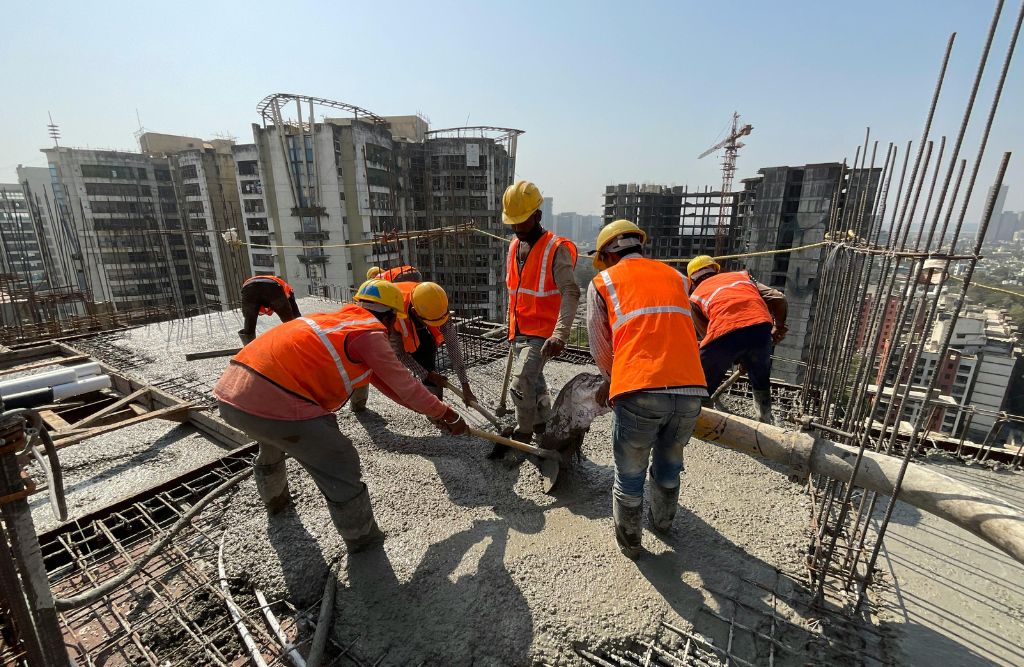
How Virtual Reality Is Reshaping the Future of Construction
Technology is the main driving force of most industries. But not many industries are more impacted by technology than the construction industry. Thanks to technology, projects are now completed quicker, more efficiently, and more safely than in the past.
But what about going forward? How will technology disrupt construction of the future? When it comes to emerging technology, a lot of attention is being placed on virtual reality (VR), and throughout this article, we’re going to analyse how VR can impact the construction industry.
What is Virtual Reality?
As is often the case with new, emerging technology, it’s important to first understand the tech. Virtual reality refers to the creation of computer-generated environments that are designed to be interacted with. Most early environments created for VR come from the gaming world, allowing users to have a more immersive experience when making their way through digital worlds, whether they be fantasy or lifelike.
These environments are often accessed using devices such as VR headsets, with leading brands like Meta and Apple creating devices that are capable of transforming our surroundings into, quite literally, a whole new world.
More recently, use cases have emerged in areas other than gaming as VR moves away from novelty and more towards practicality. Education, healthcare and architecture are all beginning to benefit from virtual reality, and construction isn’t too far behind.
Virtual Reality vs. Augmented Reality
Virtual reality and augmented reality are often seen as apples from the same tree, and you’ll often hear the two technologies mentioned together. Despite this, they do offer quite distinctly different experiences.
As mentioned above, virtual reality refers to an environment that’s interacted with so much immersion that it replicates the feeling of actually being in a new environment, often accessed by a headset device.
On the other hand, augmented reality overlays digital assets to real-world surroundings. Think of apps like Pokémon Go, where users could find Pokémon in real-world locations by using the camera on their smartphone. Similarly, IKEA’s Place app allowed users to see what furniture would look like in their home before purchasing.
Benefits of VR in Construction
Safer Training
One area where VR could greatly benefit construction is by offering safer training environments, where workers can learn new skills without the dangers of real-world risks. For instance, a plant hire company like Chippindale Plant could train excavator engineers to fix machinery through the use of a VR headset before they take their skills to an actual construction site.
Lifelike Prototypes
Digital techniques have long been used to create virtual replications of projects before construction commences. But VR offers the potential to take the accuracy of prototypes and models to the next level. Instead of showing screenshots and videos to interested parties, project architects and construction companies, with the help of virtual reality, will be able to present a lifelike walkthrough of the completed project.
Enhanced Sustainability
Creating ultra-accurate virtual versions of projects can help to identify design flaws and offer more accurate planning around materials and resources. While helping to improve the efficiency of projects, this should also reduce waste, leading to a more sustainable construction industry.
Final Thoughts
Whether we’re looking at cost, safety or efficiency, virtual reality brings a whole host of benefits to the construction industry. The challenge now for construction companies comes in the form of adoption, as many may be reluctant to adopt new technologies. Companies must see the long-term benefits rather than the initial upfront cost, which is always a barrier when adopting new technology.

